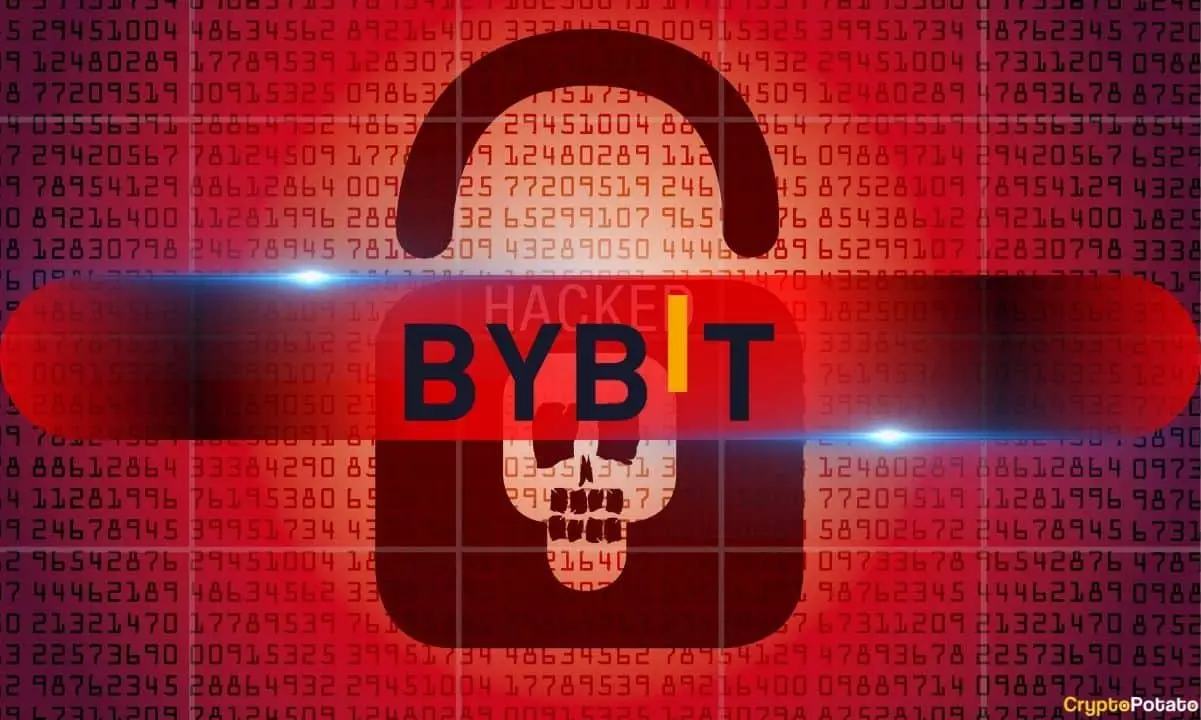In what can only be viewed as one of the most significant cybersecurity breaches in cryptocurrency history, Bybit, a leading crypto exchange, endured a staggering loss of approximately $1.5 billion in ether (ETH) just two months ago. The sheer scale of the incident sent shockwaves across the crypto sector, highlighting vulnerabilities within the industry that many had previously underestimated. While Bybit has shown notable resilience and recovery, the attack raises serious questions not only about the exchange’s security protocols but also about the broader implications for the cryptocurrency market itself.
Bybit’s unfortunate episode offers a stark reminder of how fragile our digital financial systems are in the face of increasingly sophisticated cyber threats. Vulnerabilities in such prominent platforms can undermine trust in the entire crypto ecosystem, leading to a ripple effect that can diminish participation and investment from even the most committed advocates of digital currencies.
Market Dynamics and Initial Reactions
The immediate aftermath of the hack revealed a chaotic trading environment. Initial analysis shows a drastic increase in trading volumes for Tether (USDT) pairs, which momentarily deviated from their average levels. However, this was short-lived; soon after, a significant downturn in trading volumes for Bitcoin (BTC) and altcoins ensued. Bybit, which previously dominated about 11% of the spot trading volume, saw its share plummet to a meritorious yet alarming 4%.
The challenge appeared to go beyond mere numbers, reflecting a larger marketplace beset with uncertainty. As bitcoin’s trading share fell dramatically from 50% to below 20%, it became evident that the hack was not just an isolated event but part of a broader trend of de-risking in the market, influenced heavily by macroeconomic factors such as tariff concerns and new technologies like DeepSeek’s artificial intelligence model.
Resilient Recovery: The Role of RPI Orders
Despite these troubles, Bybit embarked on a recovery mission that highlighted the ingenious application of its new Retail Price Improvement (RPI) orders. Introduced only days before the hack on February 17, this innovative structure was designed to enhance liquidity specifically for retail traders. The RPI orders created tighter bid-ask spreads, which are vital for maintaining fluid market conditions during turbulent times. This form of liquidity aids smaller investors, ensuring that they are not disproportionately affected when market volatility spikes.
In the critical week following the attack, one notable development was the relatively stable order book depths for Bitcoin and Ethereum—the very assets that were at the epicenter of the hack. Although trading volumes did not immediately swell back to pre-hack heights, the RPI orders facilitated liquidity that may have warded off even more drastic declines and confusion in the market. This feature could be hailed as both timely and crucial for Bybit’s ability to stay afloat during such challenging circumstances.
Fixed Spreads in a Fluid Market
One of the more encouraging signs emerging from the debacle is the stability in bid-ask spreads, which, while typically a sign of efficiency in a thriving market, surprisingly remained tight in the wake of the hack. This was particularly essential for platforms like Bybit that cater to retail investors, as tighter spreads usually signify lower execution risks. Interestingly, other than a few tokens, notably Pepe (PEPE) and Official Trump (TRUMP), most assets saw negligible fluctuations in their trading depth. The resilience of BTC and ETH highlighted the effectiveness of Bybit’s strategies, mitigating further damage within the exchange and preventing panic selling.
While it’s easy to overlook these subtleties amid the chaos, the ability to maintain trading efficiency stands out as a major achievement in Bybit’s recovery efforts. This serves as a contrast to many traditional financial systems, which can often overreact to breaches with widespread liquidity issues. The crypto world still possesses an inherent wildness, but Bybit’s navigational tactics offer a glimpse of how adaptive measures can stabilize a market facing existential threats.
In this rapidly evolving digital landscape, Bybit’s situation is emblematic of broader challenges, resilience, and potential growth paths unique to the cryptocurrency sphere. The incident has undoubtedly prompted a wave of introspection among all market participants, emphasizing the importance of robust security measures as well as innovative liquidity solutions in an arena characterized by volatility and risk.















Leave a Reply